The beasts of Silicon Valley
UNICORN
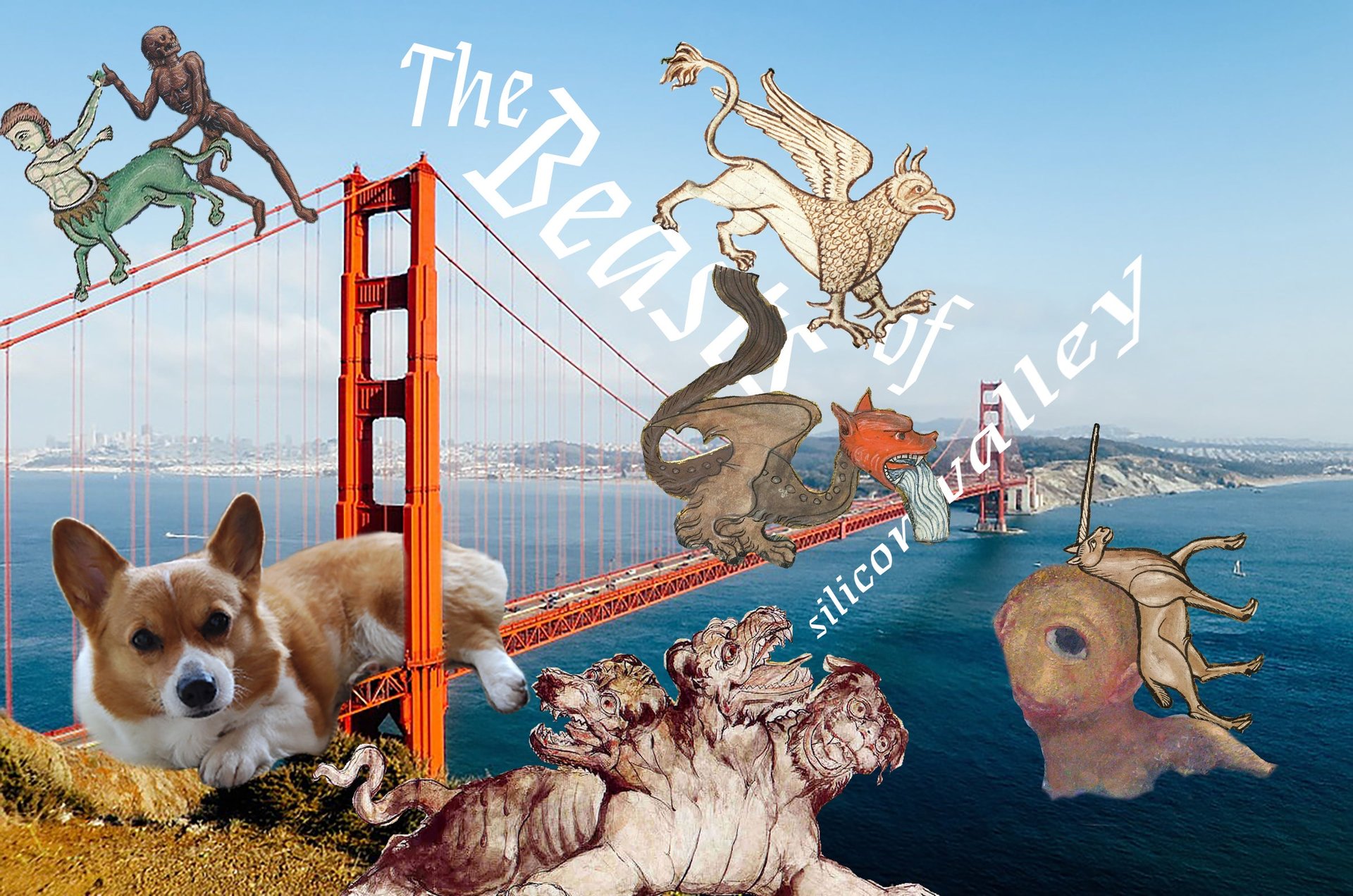

UNICORN
A horn sticks out from the middle of its forehead with astonishing splendour to the distance of four feet, so sharp that whatever it charges is easily perforated by it. Not a single one has ever come alive into the hands of a man or venture capitalist, and, although it is possible to kill them, it is not possible to capture them.
—T.H. White, as modified by Quartz
* * *
Unicorns—companies valued at over $1 billion—were once a rarity in Silicon Valley. Lately, though, unicorns are everywhere. There are well over 150 of them, and their cumulative worth is nearly $600 billion. Being a unicorn is no longer something that sets a company apart.
We dug deep into mythology to identify fantastical creatures that reflect the increasingly diverse herd of tech companies.
What follows is a bestiary—that is, a compendium of beasts—for the companies of Silicon Valley. Reddit, for example, is best represented by Cerberus, which guards the gates of Hell (internet comments). Google is naturally the Hydra, because as soon as one of its heads, such as Google Wave, is removed, two grow back in its place.
Enjoy.
Jump to: Brownie ● Centaur ● Cerberus ● Chimera ● Corgi ● Cyclops ● Djinn ● Gaia ● Giant ● Griffin ● Harpy ● Hippogriff ● Hydra ● Kraken ● Kronos ● Leviathan ● Loch Ness ● Onocentaur ● Phoenix ● River Styx ● Shade ● Vampire ● Wyrm ● Wyvern
BROWNIE
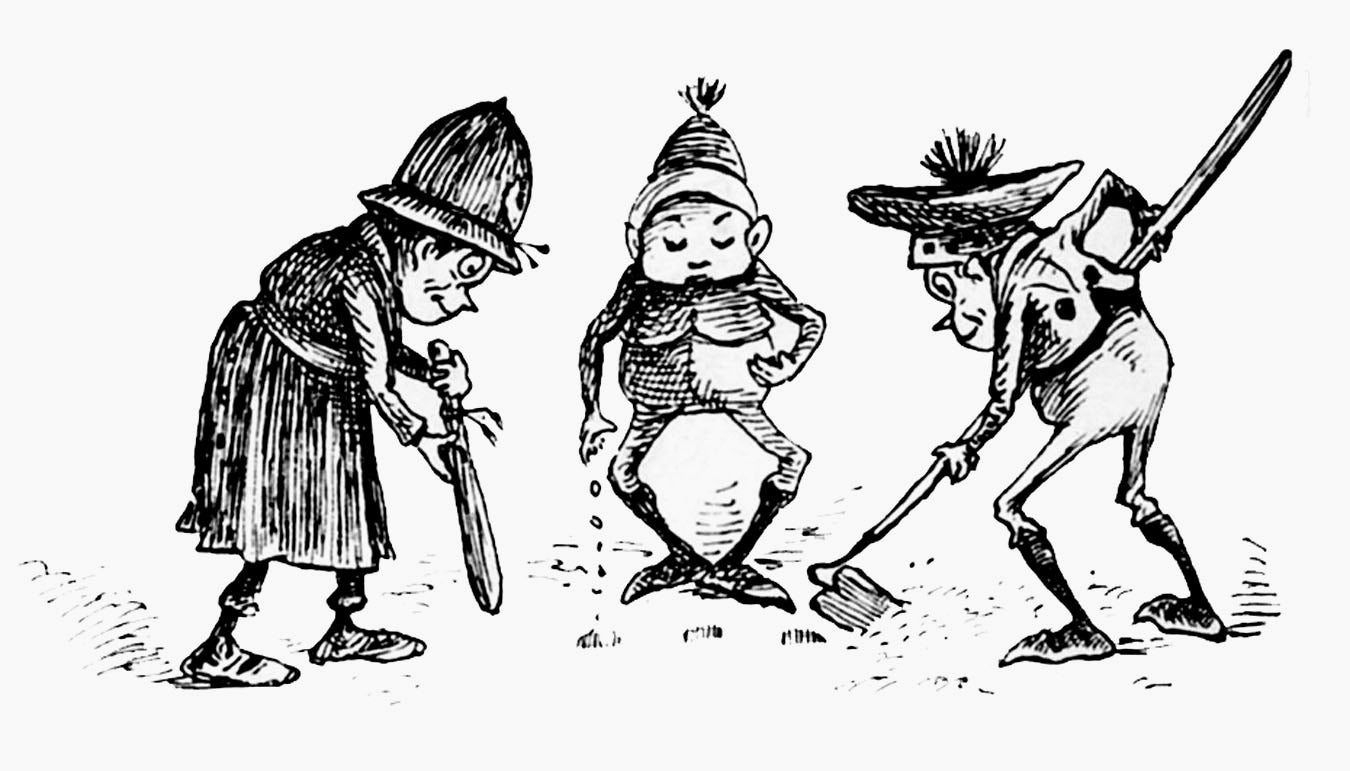
Companies: TaskRabbit
Description: A tiny, curly-haired creature that inhabits human homes and does small household tasks in exchange for food. They will only work at night, preferring not to be seen, and, as independent contractors, will go elsewhere if their efforts are not well received. They favor porridge and honey.
CENTAUR
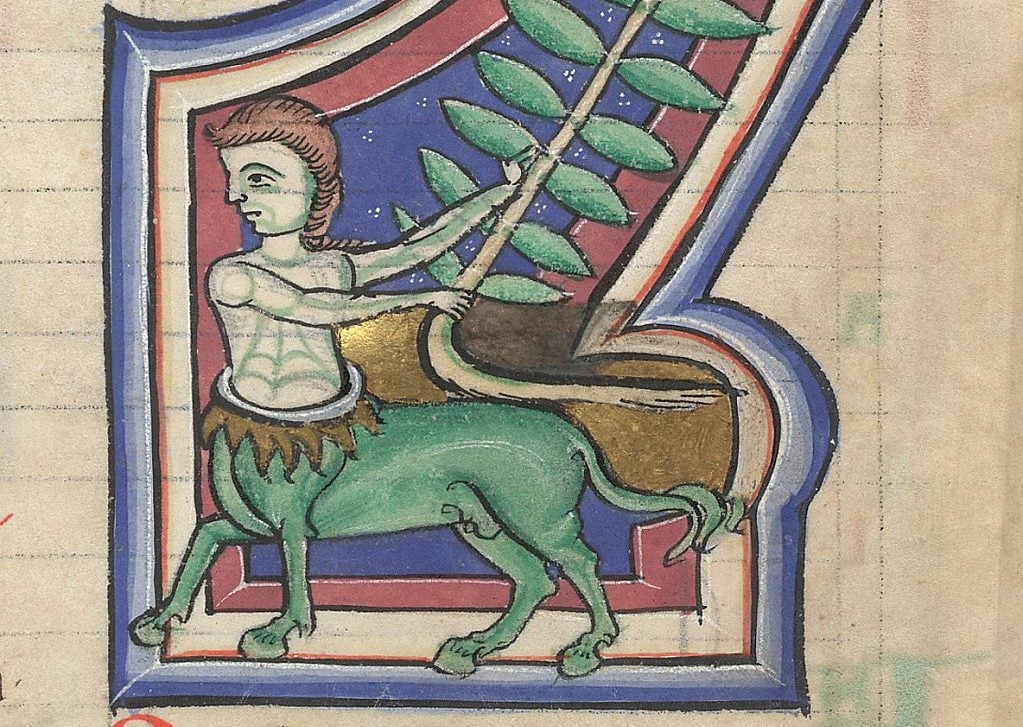
Companies: Samsung
Description: A multinational creature with the head and torso of a man, and the body of a horse, said to be equal parts independent and subservient. The top half develops valuable final products, while the domesticated bottom half may manufacture the very same products for the beast’s competitors.
CERBERUS
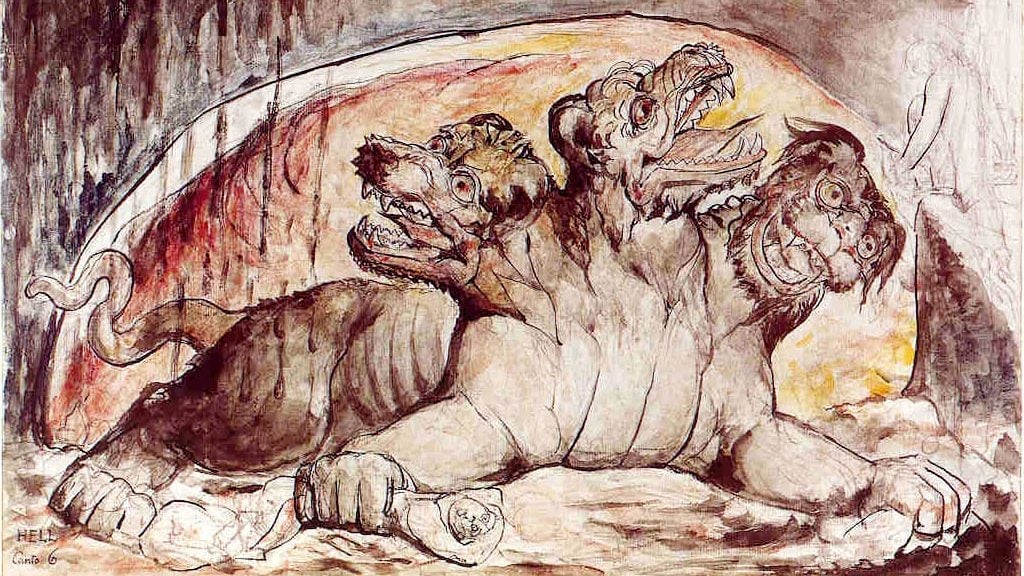
Companies: Reddit
Description: A many-headed dog known to guard the gates of hell, keeping demons from the mortal plane. Once Cerberus admits visitors into his underworld, they cannot leave. The ecosystem he surveys is truly limitless in its depths and horror, well-known to men in their teenage years.
CHIMERA
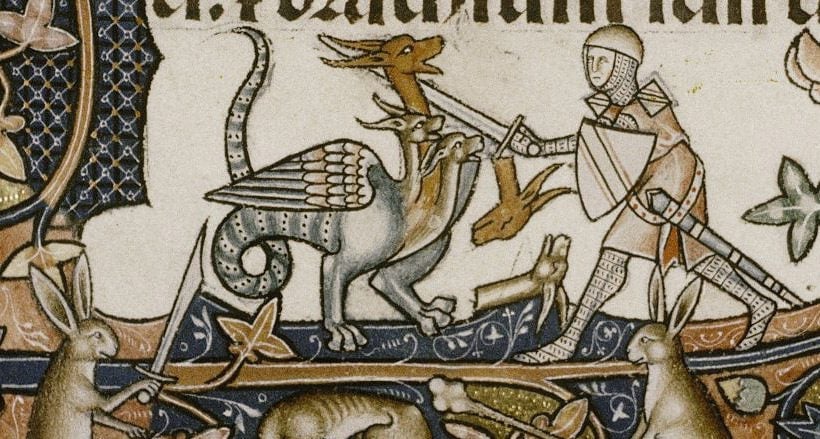
Companies: Netflix, WeChat
Description: A monstrously versatile beast with the body of a lion, a snake for a tail, and a goat’s head emerging from its spine. It can be all things to all people. Its diverse hunting strategy includes assaulting prey on the ground, in the air, at sea, or anywhere with a reliable internet connection. It breathes fire and original content.
CORGI

Companies: BuzzFeed
Description: A high-energy beast that moves with extraordinary speed despite its apparent absence of legs. Widely beloved by humans, it is relentlessly cheerful and impossible to avoid. Reputed, in list form, to have failed so hard it didn’t matter (on 24 occasions), and to have made the world a better place (on 23).
CYCLOPS
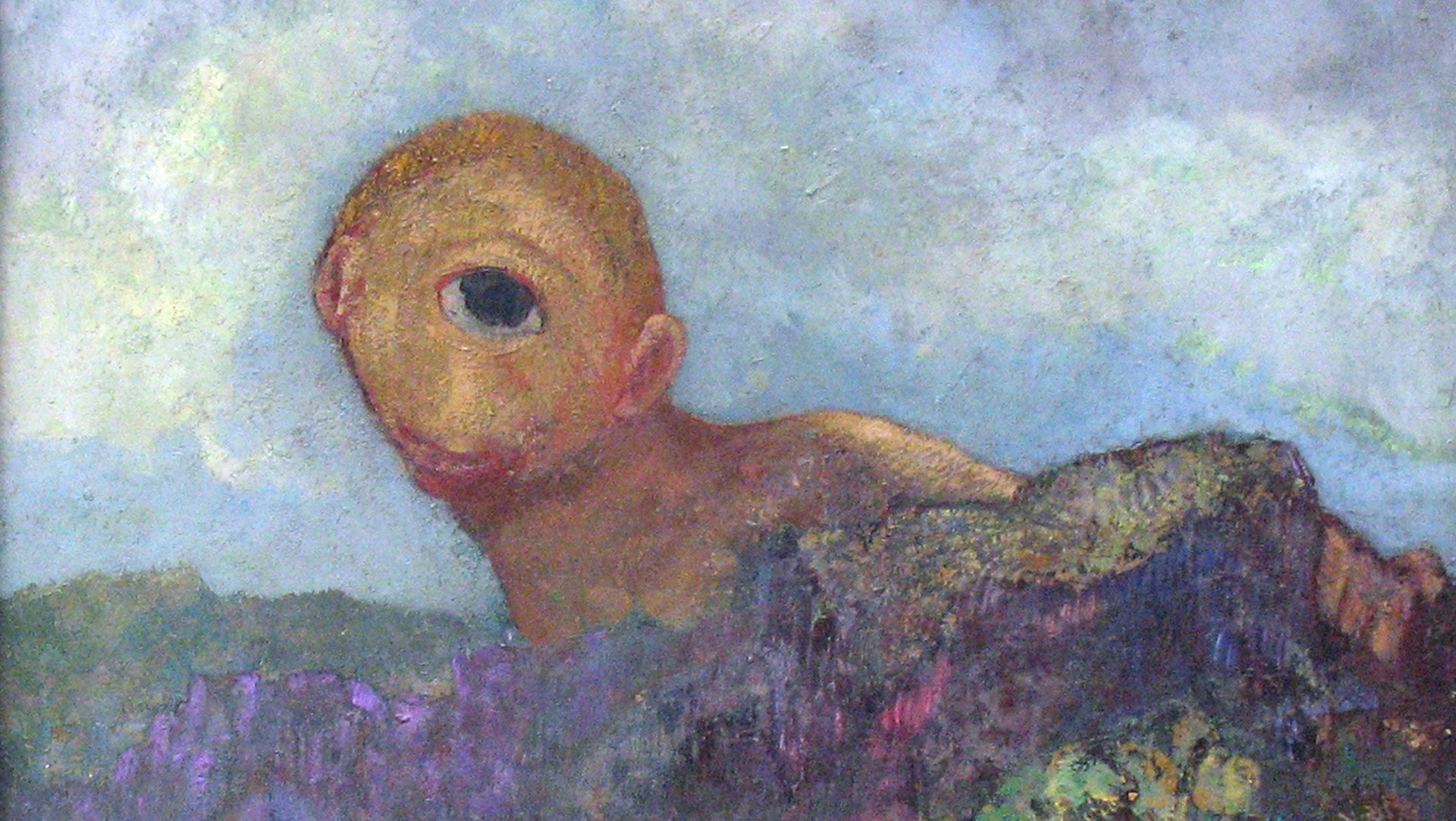
Companies: Instagram
Description: A one-eyed giant that resides on an island with meats, cheeses, latte art, and a quality of light so delicious it nearly killed Odysseus when he washed ashore. The cyclops is known to fully consume a human, without chewing. It has inspired powerful accounts by Homer, Euripedes, Virgil, and @selenagomez. A descendant of Gaia.
DJINN
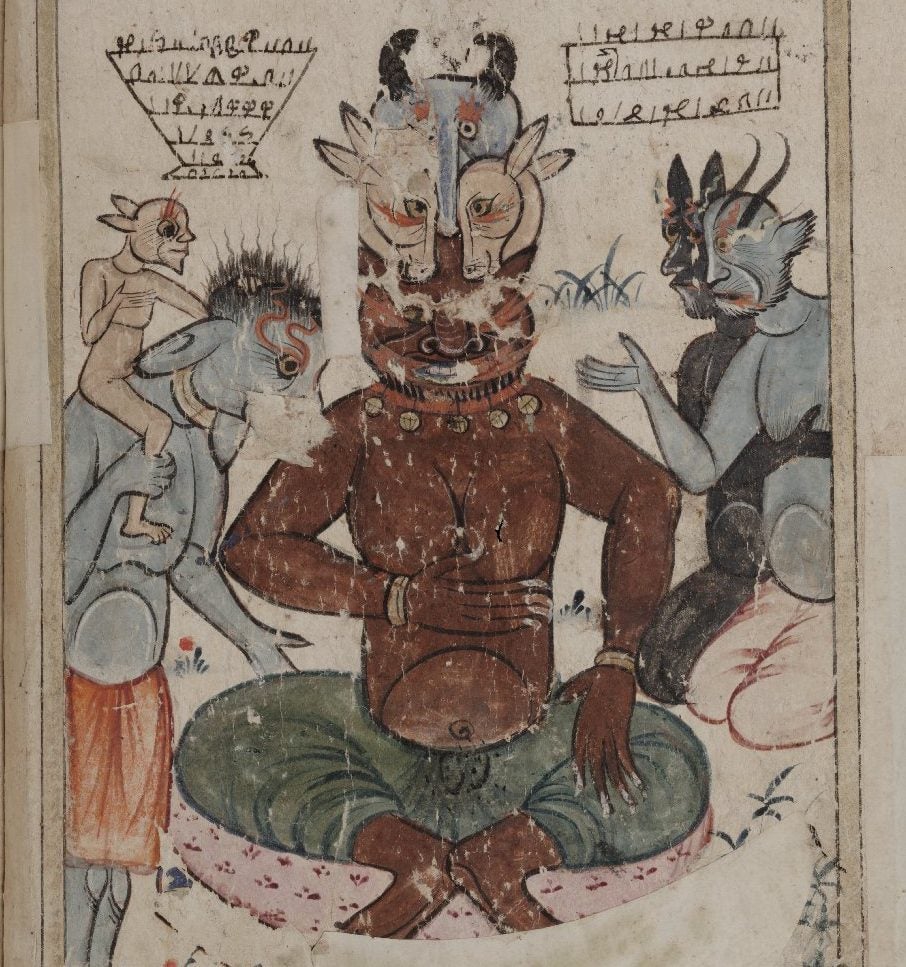
Companies: Pandora
Description: A magical spirit that leverages a wish-granting algorithm to fulfill the requests of human users.
GAIA

Companies: Facebook
Description: The Earth itself, mother to the Cyclops.
GIANT
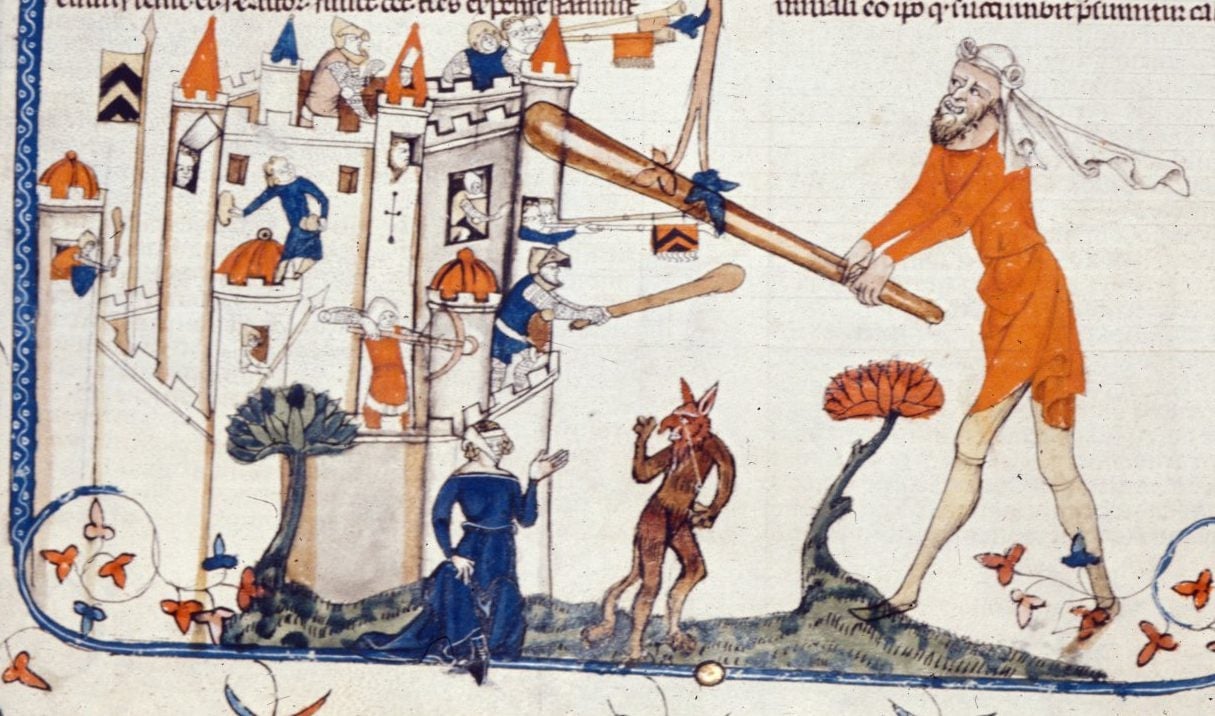
Companies: Alibaba
Description: A very large creature. It is unclear what the giant actually does.
GRIFFIN
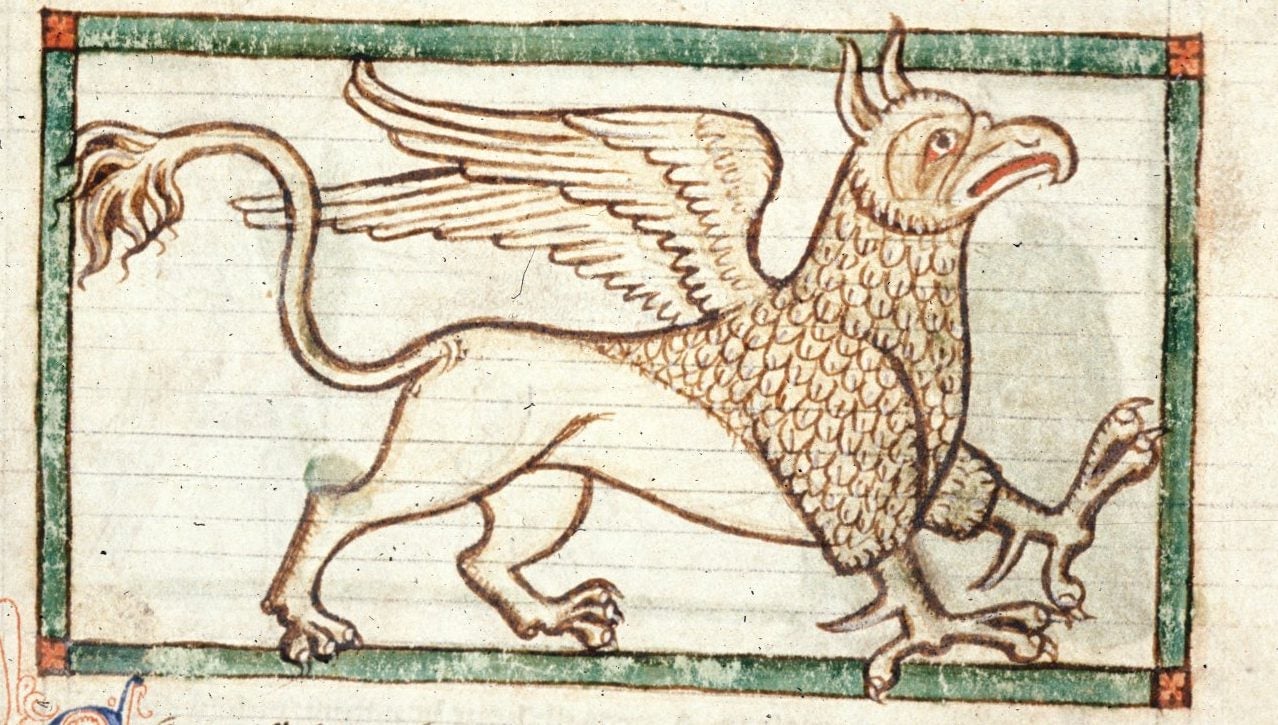
Companies: Uber
Description: A proud, powerful, solitary beast with the body of a lion, and head and wings of an eagle. The lion is king of beasts and the eagle king of birds, making the griffin king of all things. It thrives on economies of scale, overseeing a kingdom that is at once global and local in scope (in the Valley, also “glocal”).
HARPY
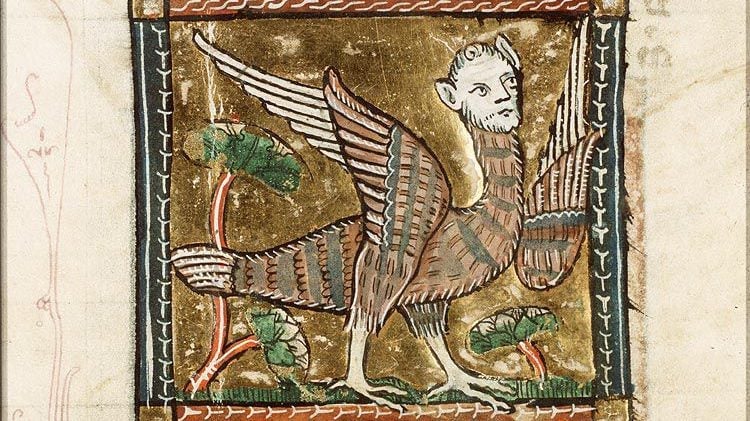
Companies: WhatsApp
Description: A mischievous beast with the body of a bird and the head of a woman. It preys on those who are not watchful of it, with a particular yen for snatching souls and monthly active users. A harpy or group of harpies will emit a warning notification before coming for a human soul.
HIPPOGRIFF
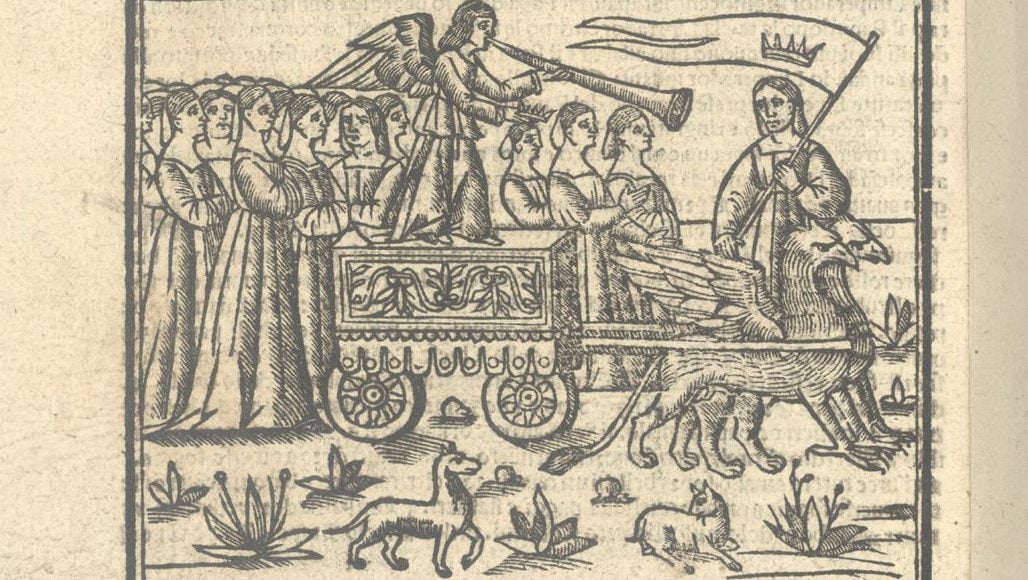
Companies: Lyft
Description: Aspirational, with the head of an eagle and the body of a horse. It was fashioned “in imitation of Pegasus, by the romancers of the middle ages, and furnished to their heroes as a means of transportation through the air.” Called by some a lesser version of the Griffin, it is nonetheless endowed with greater passion and approachability. Where the griffin knows only to conquer, the hippogriff dares to dream.
HYDRA
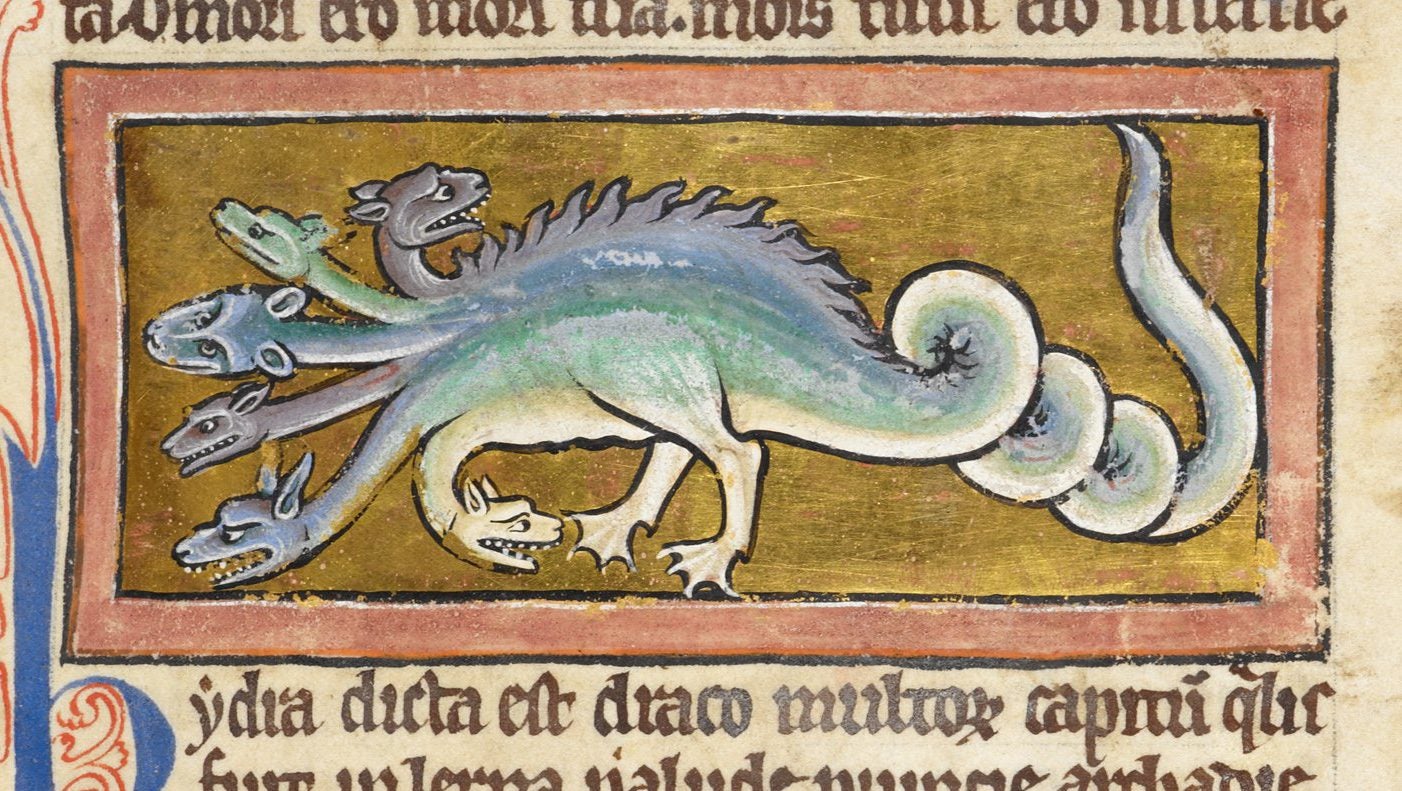
Companies: Google
Description: A many-headed serpent that is, for all intents and purposes, invincible. It is said that if one of the heads (in the Valley, also a “product”) is removed, two more grow in its place. The exact number of heads has differed throughout history, reaching as many as 50. One is at all times being used to collect data.
KRAKEN
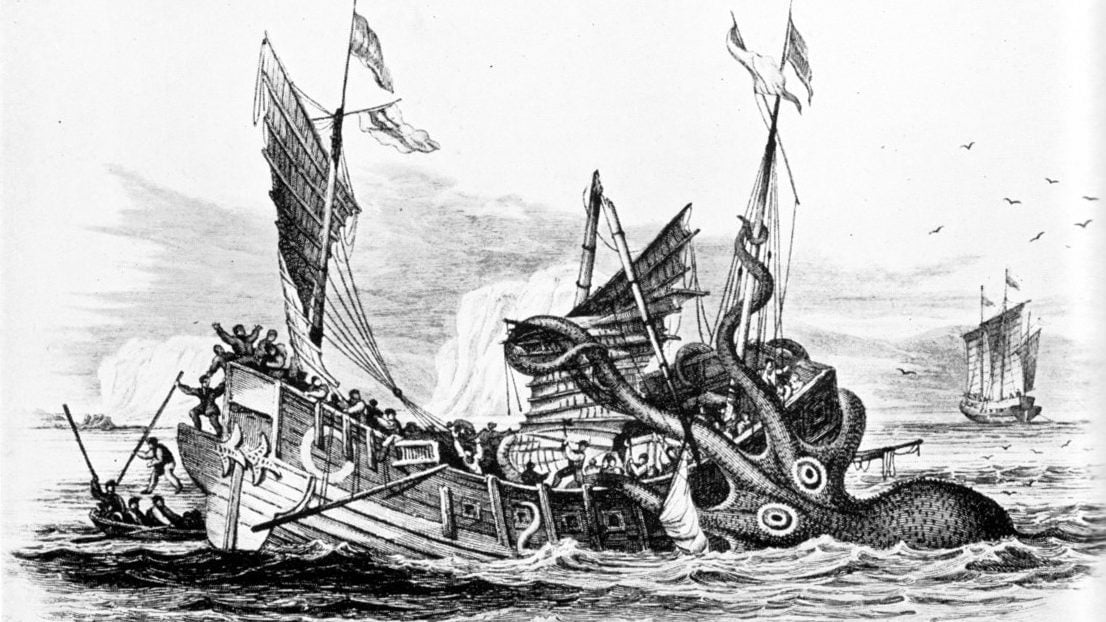
Companies: Nokia
Description: A giant, multi-tentacled beast that is said to dwell in the frigid depths of Scandinavia. It floats in an “ancient, dreamless, uninvaded sleep,” as Tennyson reminds us, until awakened by a great fire. It is said that the Kraken will then reveal itself once again to the world, only to die a spectacular death, unable to cope with life outside of hibernation.
KRONOS
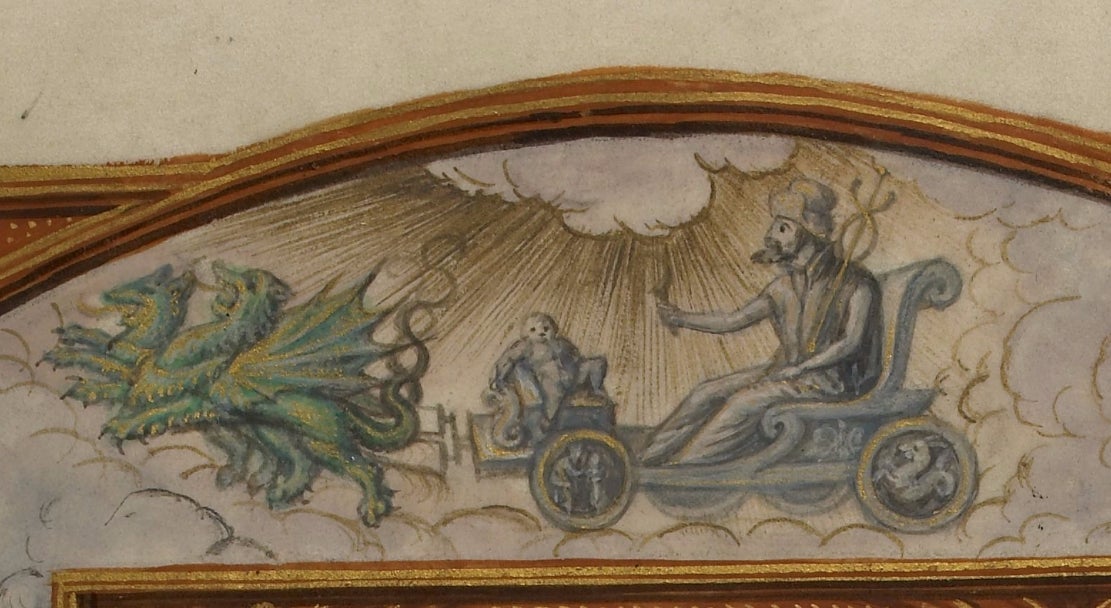
Companies: Yahoo
Description: An early leader of the Valley’s mighty, later crippled by his son, the Giant. Seeking strategic alternatives.
LEVIATHAN
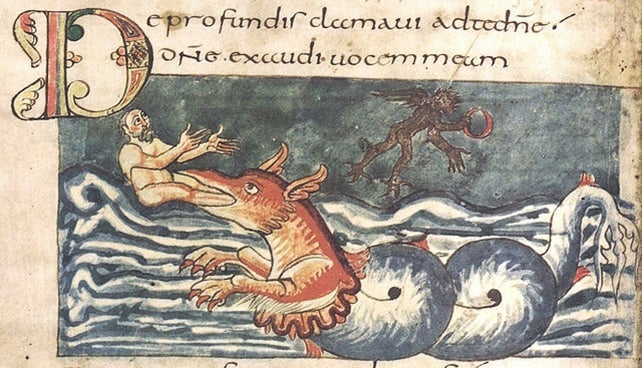
Companies: Amazon Web Services
Description: A gargantuan sea creature of legendary size, power, and breadth. Often mistaken to live in the clouds. No man-made weapon has been shown capable of defeating the beast, despite near-constant assaults from sailors and industry competitors. It is said to grow larger, stranger, and more dominant every quarter, though no single person has ever seen the beast in its entirety.
LOCH NESS MONSTER
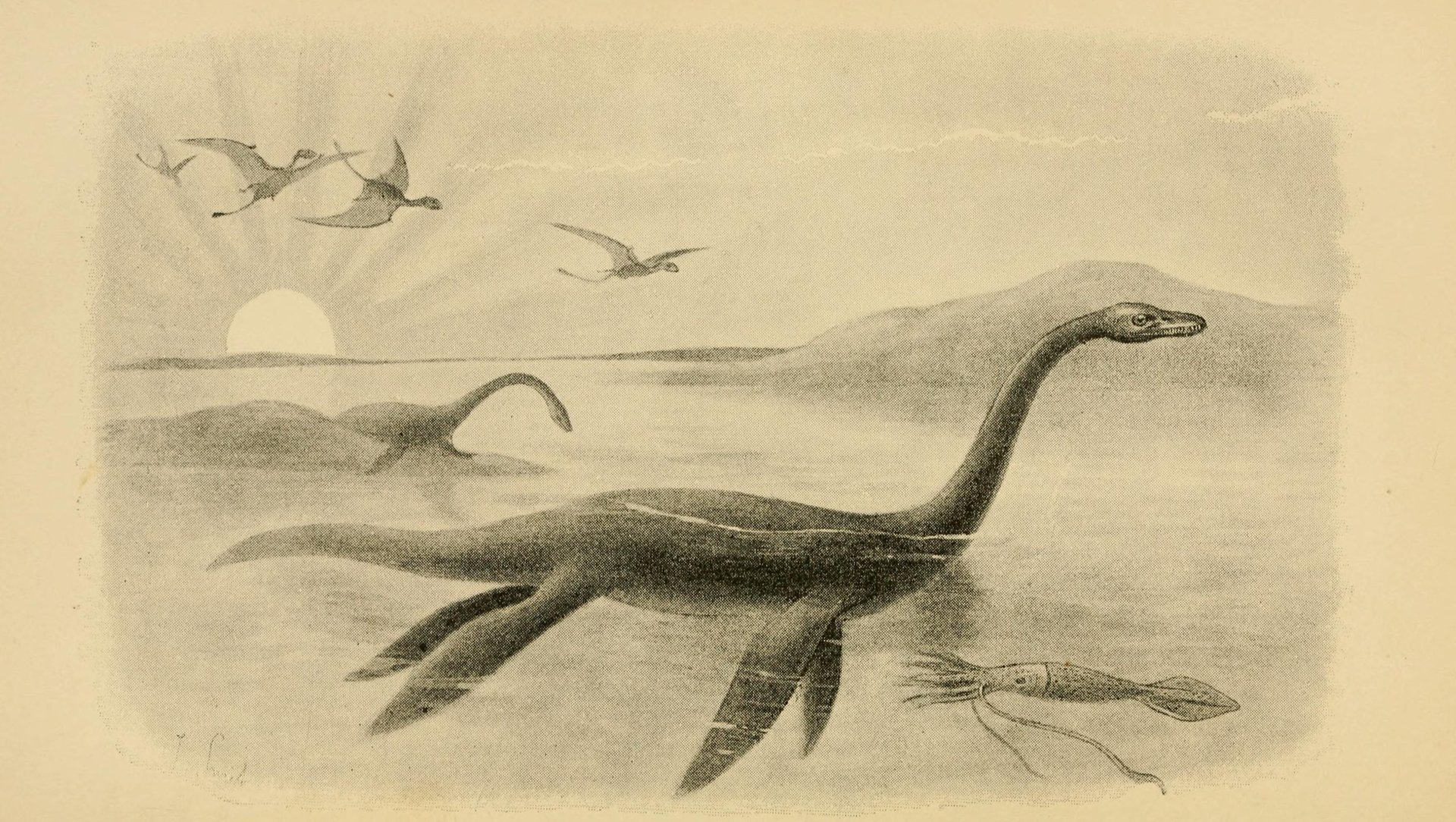
Companies: Magic Leap
Description: A great sea monster, rumored by many to have magical qualities unlike anything ever seen before. Few, if any, have ever actually glimpsed the beast.
ONOCENTAUR
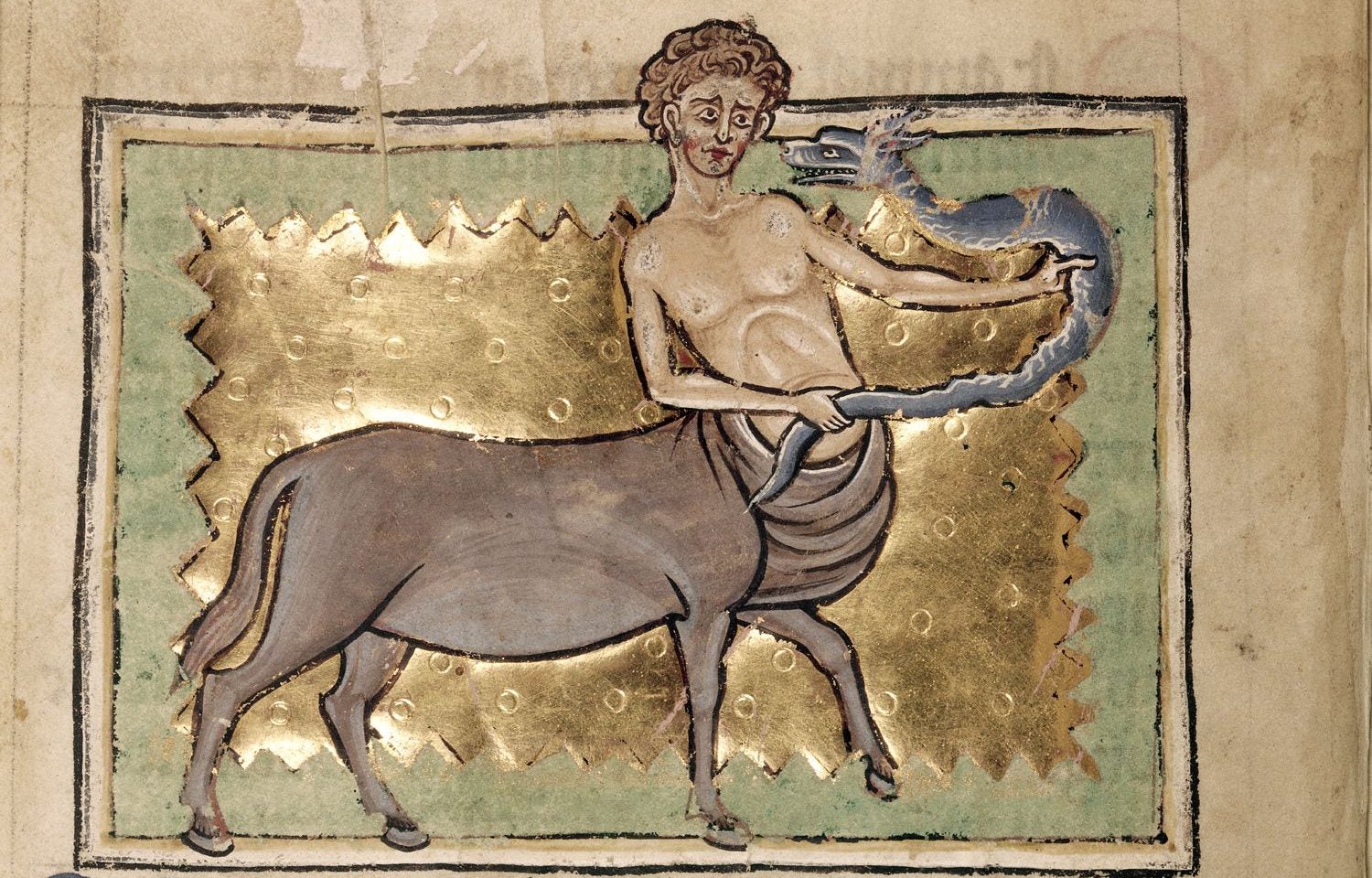
Companies: LG
Description: Like the centaur, the Onocentaur has the head, torso, and arms of a man. But its body is that of a donkey rather than a horse. It is therefore thought by some to be a lesser Centaur.
PHOENIX
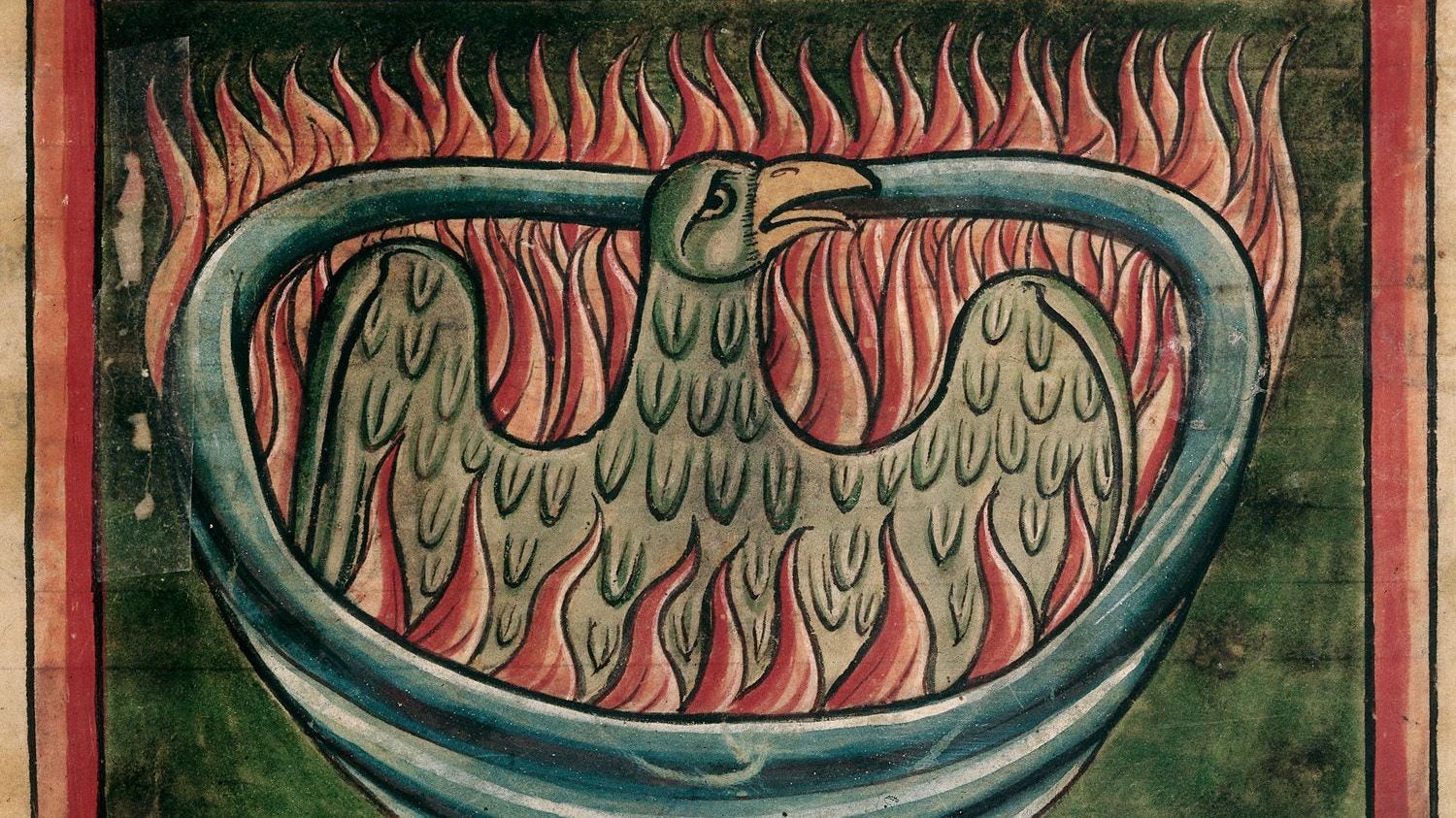
Companies: AOL, Apple
Description: A fantastical bird whose long life is followed by cyclical death and rebirth. At the time of its death, the phoenix is said to explode spectacularly, causing its entire ecosystem and product line to alight as it bursts into flames. The flames turn to ashes, and from those ashes, the phoenix rises again. When the phoenix’s former incarnation is particularly resplendent, it may be reborn as a lesser version of itself, vulnerable to disruption from rivals.
RIVER STYX
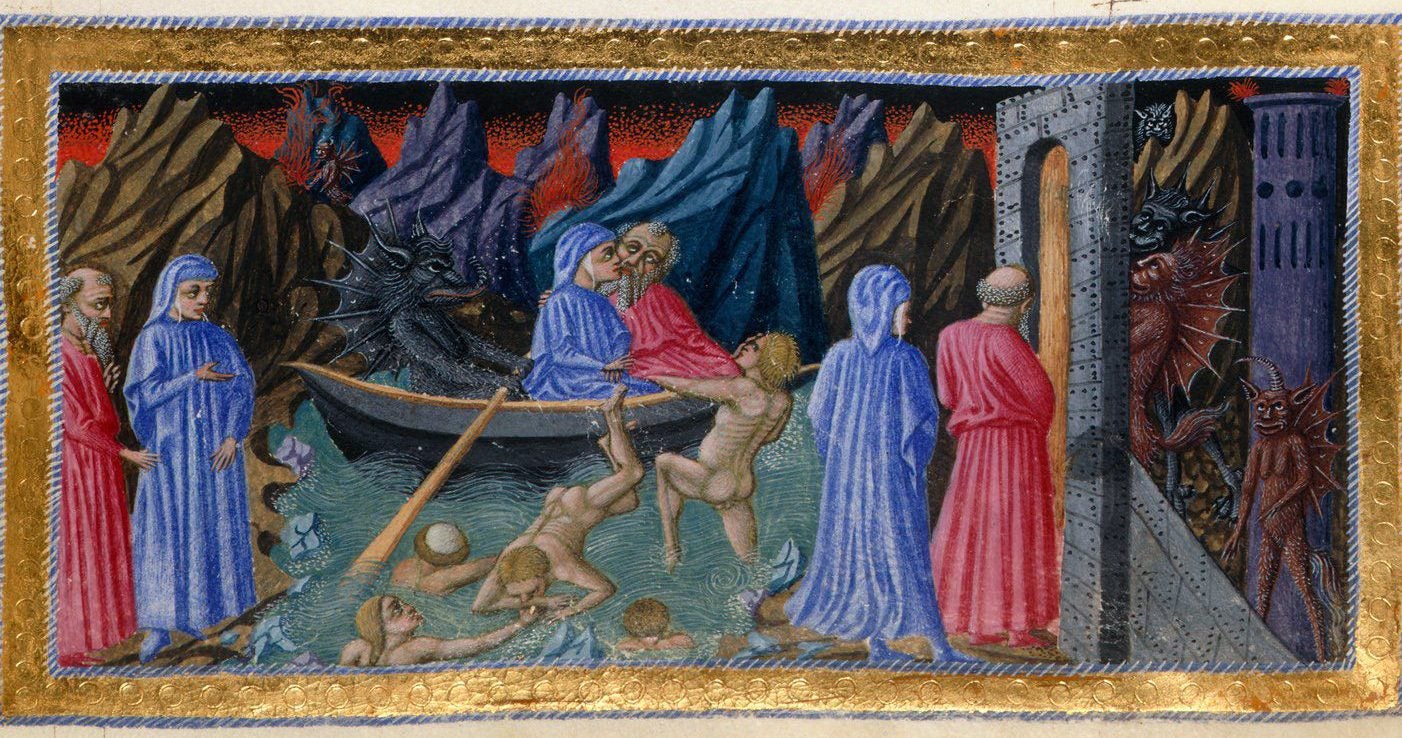
Companies: Snapchat
Description: The River Styx forms a uniquely ephemeral border between earth and the underworld. It straddles the world of the living and the resting place of the souls of the dead (a fast-growing and highly marketable demographic). True to Heraclitus’s teaching that you can never step in the same river twice, the Styx once understood morphs quickly again into the unrecognizable.
SHADE
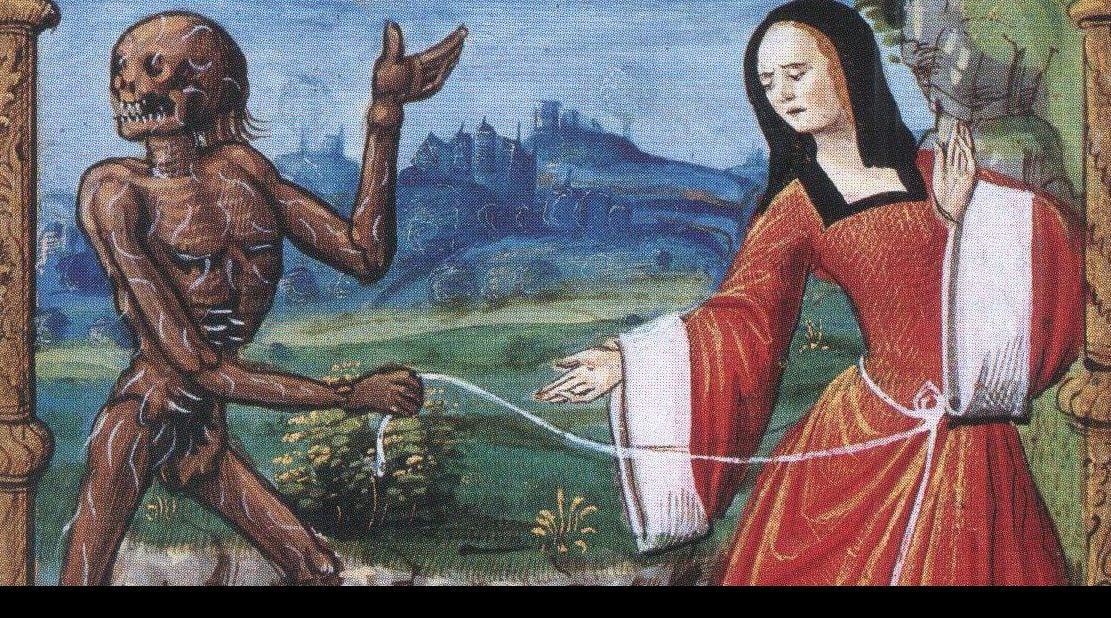
Companies: Myspace
Description: A shadow of a being, passed from this life onto the underworld. It haunts all that it once knew, through emails, and reminders about “up-and-coming” bands.
VAMPIRE
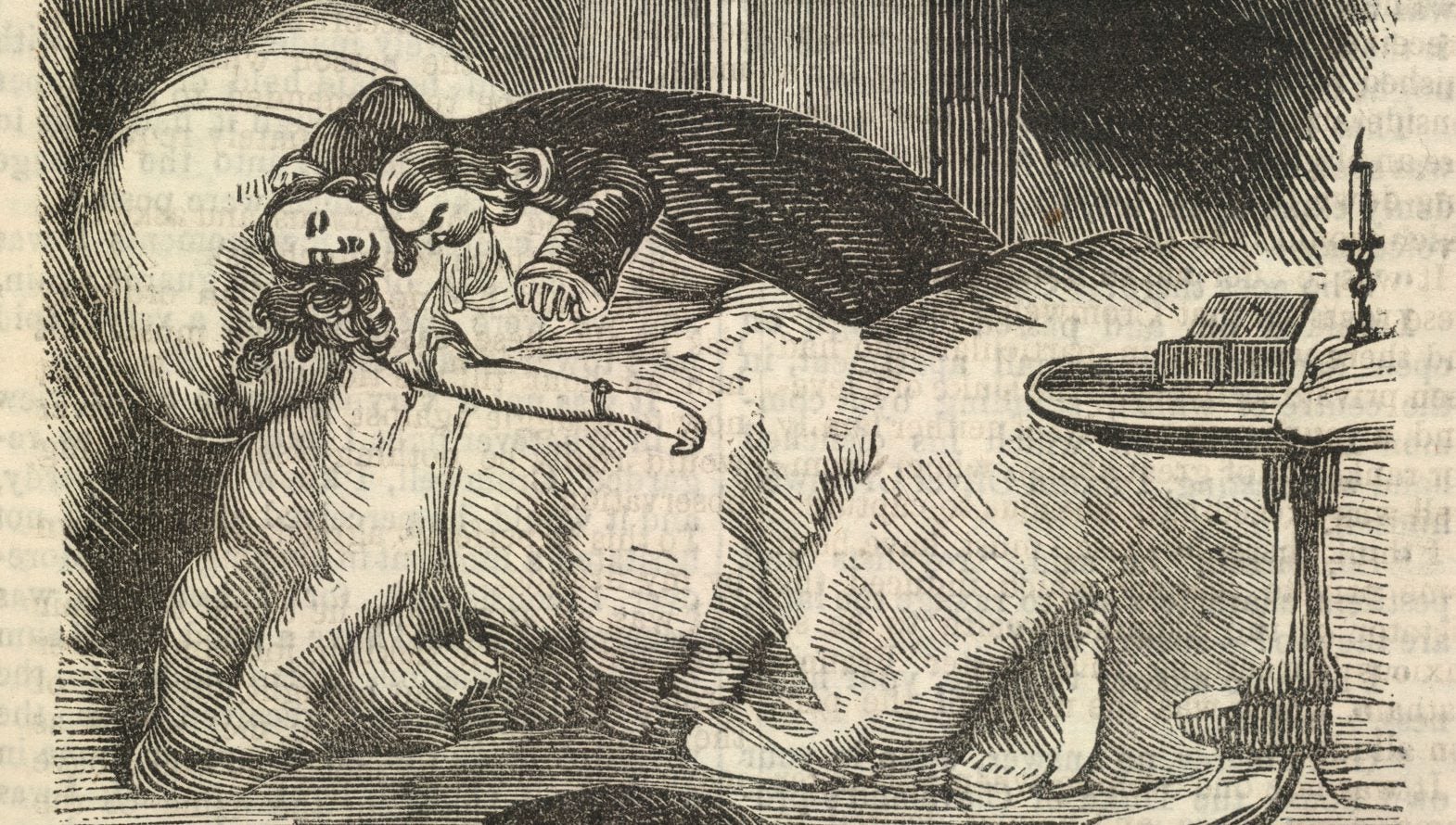
Companies: Microsoft
Description: An immortal that, despite changing times and adversity, lives on. It survives by sucking the lifeblood out of those it comes into contact with, through its fangs, office software, and service pack updates. If the vampire is exposed to direct sunlight, it will start to change hue and decay. This process has become known as the Blue Screen of Death.
WYRM
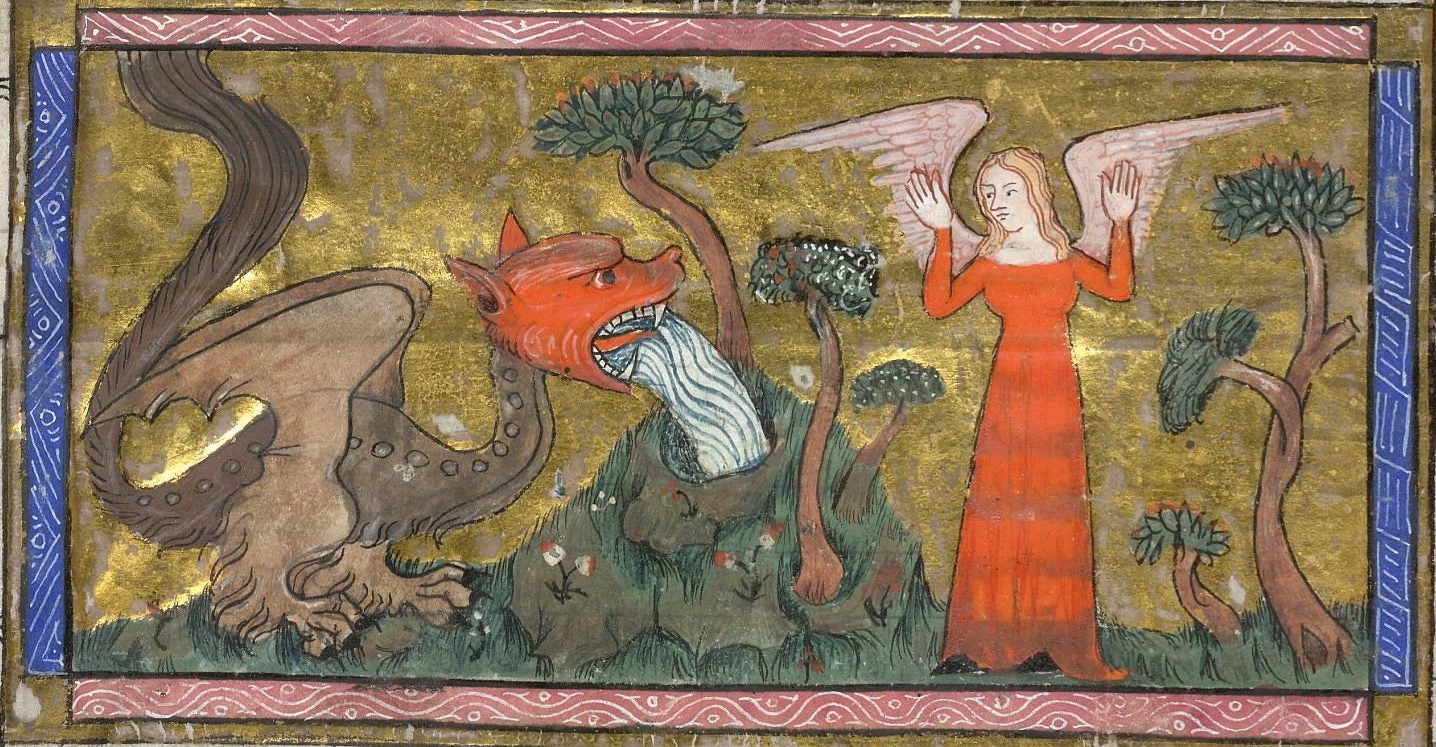
Companies: Rocket Internet
Description: Also known as the “European dragon,” the wyrm is a mighty, fire-breathing beast with four legs, scaly skin, and massive wings. Many believe the wyrm has simply copied its form from the classical Greek and Near-Eastern dragon.
WYVERN
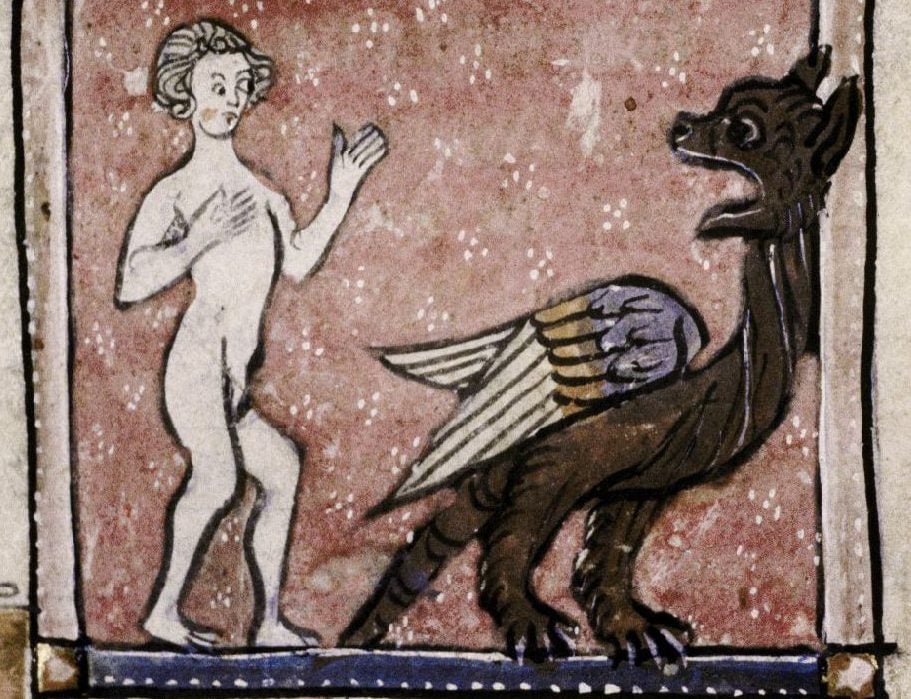
Companies: Y Combinator 2016
Description: A dragon but with no legs (or no arms, depending how you look at it).